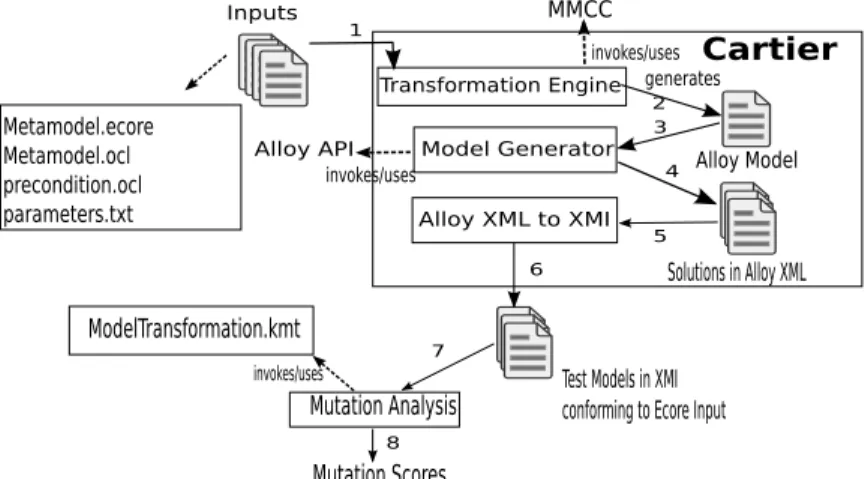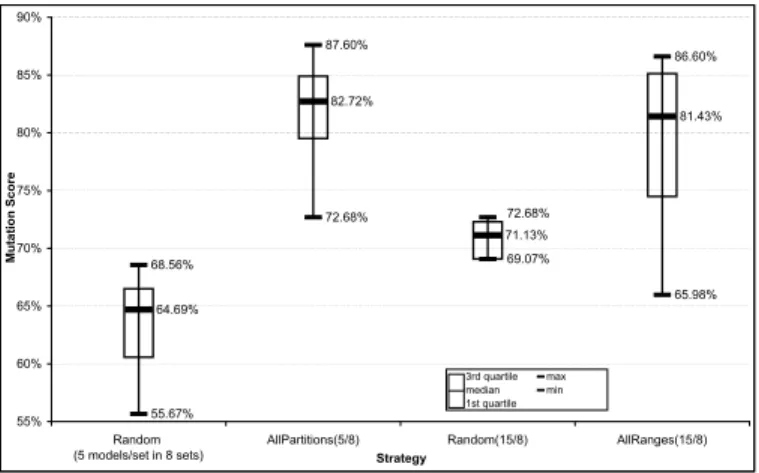Automatic Model Generation Strategies for Model Transformation Testing
Texte intégral
Figure




Documents relatifs
This section presents our approach to co-evolve OCL constraints. Figure 3 depicts an overview of our approach. We rst present the metamodel changes that we consider during an
The key issue is to generate test models that not only conform to an Ecore model or a class diagram but several other complex con- straints emerging from different sources such as OCL
An important limitation is that the criteria are based only on the structure of the source metamodel and do not take into account the constraints associated to the source metamodel
and coverage criteria are defined by different actors using different languages. The metamodel is defined by language designers, the restrictions on a metamodel for a
Notre étude à commencer par une présentation du modèle pour chaque élément constituant la chaine de pompage photovoltaïque, ainsi que la modélisation et la simulation de
The aim of the unified requirements engineering meta-model UREM as mentioned in section two and three is to perform translation between different types of requirements engineering
hominoid from Anatolia was a hard object feeder with dental characters most similar to middle and late Miocene Sivapithecus from South Asia, Ouranopithecus from Greece, and
What was the Data entity in Diane+H is represented here as Object, but not just involved in the preconditions of Task, since the other meta-models examined (i.e. TKS, GOMSL,


